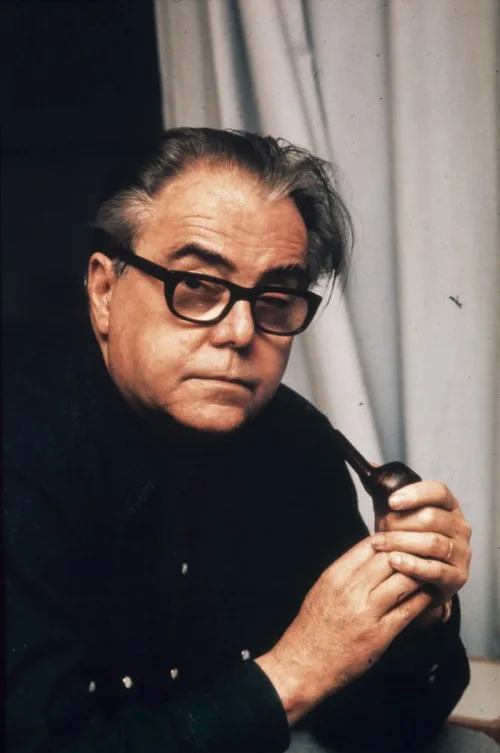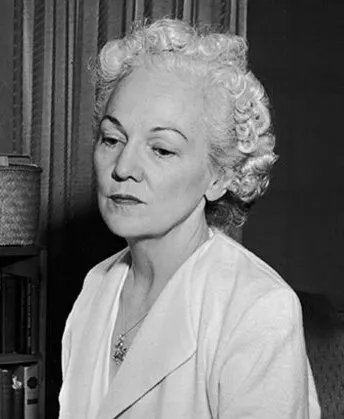
Full Name: Jasper Johns
Birth Year: 1930
Nationality: American
Professions: Painter and Sculptor
Art Movement: Abstract Expressionism and Neo-Dada
Famous Works: Flag, Target, and Numbers
Jasper Johns: A Journey Through Art and Legacy
Born into a world still reeling from the Great Depression, Jasper Johns arrived in Augusta, Georgia, on May 15, 1930. However, the economic turmoil surrounding his early life would be dwarfed by the impact he would later have on the American art scene. Raised in South Carolina by his mother after his parents' divorce when he was just one year old, young Jasper found solace in art. It was during these formative years that he began to sketch and paint an escape that would eventually lead him to redefine modern art.
By the time he turned 18, Johns had joined the U.S. Army during the Korean War a decision that seemed a diversion from his budding artistic aspirations but ironically played a pivotal role in shaping his future works. During this period, he encountered various forms of expression that fed into his growing interest in symbolism and abstraction.
After returning from military service in 1952, everything changed dramatically for him. He settled in New York City where an eclectic mix of artists inspired him each painting offered a new perspective on reality and existence. Who knows how many late nights he spent wandering through galleries filled with abstract expressionism? Perhaps those moments stirred something deep within him because soon after settling into city life...
The Birth of Icons
In 1955, Johns created one of his most famous pieces: "Flag." This painting showcased an American flag rendered with layers of encaustic wax paint a technique requiring patience and precision! The choice to represent such a powerful national symbol was both bold and provocative; it raised questions about patriotism versus commercialization of national identity.
Despite this initial success with "Flag," Johns faced skepticism from critics who believed that using recognizable imagery undermined artistic originality. Ironically enough, this very critique only fueled his desire to push boundaries further! Works like “Target” followed suit the juxtaposition between mundane objects and fine art opened up discussions about perception itself.
A Revolution Within Reach
The trajectory continued upward as critics began acknowledging Johns not merely as an artist but as part of a broader movement called Pop Art a movement characterized by its embrace of consumer culture through imagery pulled directly from advertising and popular media.
This era marked significant developments for him exhibiting alongside artists like Andy Warhol yet there remained an undercurrent of discontent amongst some purists who viewed these trends as mere distractions from true artistry.
An Artist's Odyssey
Throughout much of the late '50s and '60s, John’s exploration transcended traditional boundaries; working across mediums like printmaking or sculpture enabled him to experiment freely while incorporating complex themes around identity it often felt like each canvas was wrestling with its own existence!
"Three Flags," painted in 1958 stood out distinctly; it displayed three flags stacked atop one another a dizzying array meant to challenge perceptions not just visually but conceptually too! Each flag represented America yet simultaneously asked viewers how layered symbols influence collective memory over time...
The Weight Of Recognition
As accolades poured forth from solo exhibitions at prominent galleries worldwide it became apparent that Jasper Johns wasn’t merely riding trends; rather he was sculpting them! By engaging audiences intimately while questioning what they thought they knew about representation led many observers down unexpected paths where questions lingered long after viewing each piece.
"Perhaps," one critic noted at an exhibition opening years later,"Johns doesn't just show us images we experience our reactions towards them."
The Transition Into New Mediums
This phase coincided beautifully with significant societal changes occurring around America the civil rights movement set ablaze passions among creatives striving for authenticity within their work! In response as if anticipating shifts outside gallery walls John's oeuvre evolved into mixed media explorations incorporating found objects creating dialogues between disparate materials enabling stark contrasts while harmonizing disparate elements together!
This metamorphosis reflected deeper ideas resonating beyond mere aesthetics connecting political climates back home juxtaposed against personal narratives shaped throughout adolescence leading him toward uncharted territories never seen before!
Soon after decades immersed fully immersed exploring both concepts inherent freedom alongside restrictions imposed upon society itself culminated finally culminating wonderfully upon reaching contemporary practice known today! His works continue inspiring younger generations who grapple still navigating intersections balancing societal critique intimate emotional weight expressed colors words woven textures framing thoughts dynamically!
Today ,even decades posthumously ,he remains ever present through dialogues sparked surrounding relevance found amidst modern day motifs prevalent everywhere ! The simple act holding space conveying meaning beyond surface begs question whether same principles apply amidst rapidly evolving technological landscapes shaping collective identities alike ? Modern artists echo threads intertwined shared vision ...bringing curiosity light shed past illuminating ways forward guiding us all unveiling hidden possibilities waiting patiently await discovery beckoning forth explorations yet untold !










